America’s UNESCO World Heritage Sites represent exceptional cultural and natural treasures that showcase the nation’s diverse heritage. From ancient Native American settlements to architectural marvels and stunning natural wonders, these sites offer visitors unparalleled opportunities to experience the richness of American history and landscapes.
Each site tells a unique story of human achievement or natural beauty that has earned international recognition for its outstanding universal value. These designated locations bridge our past and future, ensuring the preservation of humanity’s most significant achievements and natural wonders.
Yellowstone National Park, Wyoming
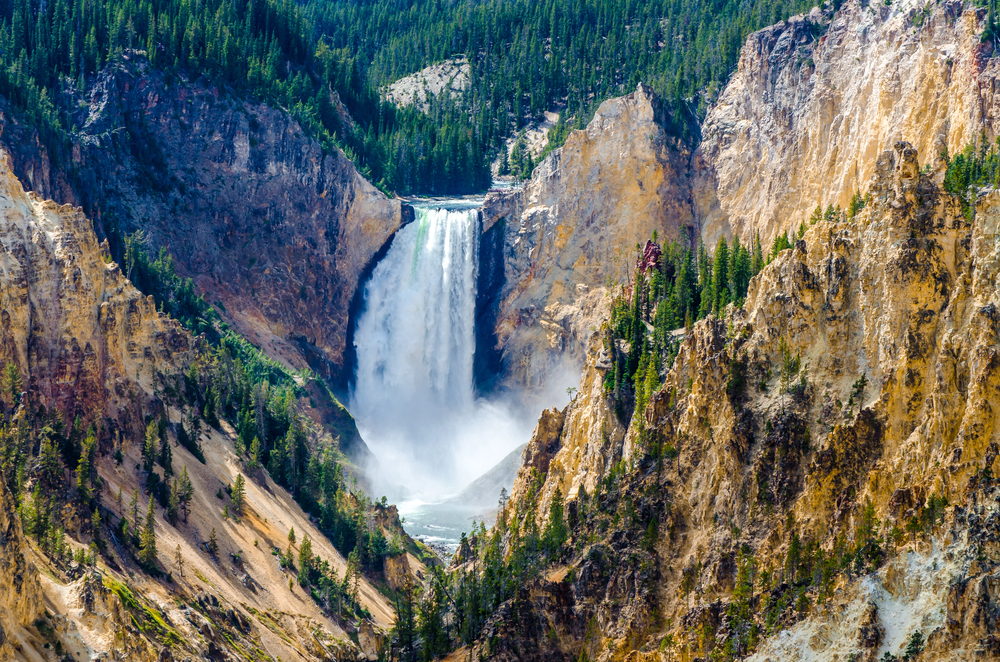
The world’s first national park is a testament to nature’s raw power and beauty. Yellowstone’s excellent collection of geothermal features, including geysers, hot springs, and mud pots, represents two-thirds of such features on Earth.
The park’s diverse ecosystems attract an extraordinary array of wildlife, creating a living laboratory of natural processes. The park’s establishment in 1872 marked the beginning of the global national park movement.
Grand Canyon National Park, Arizona
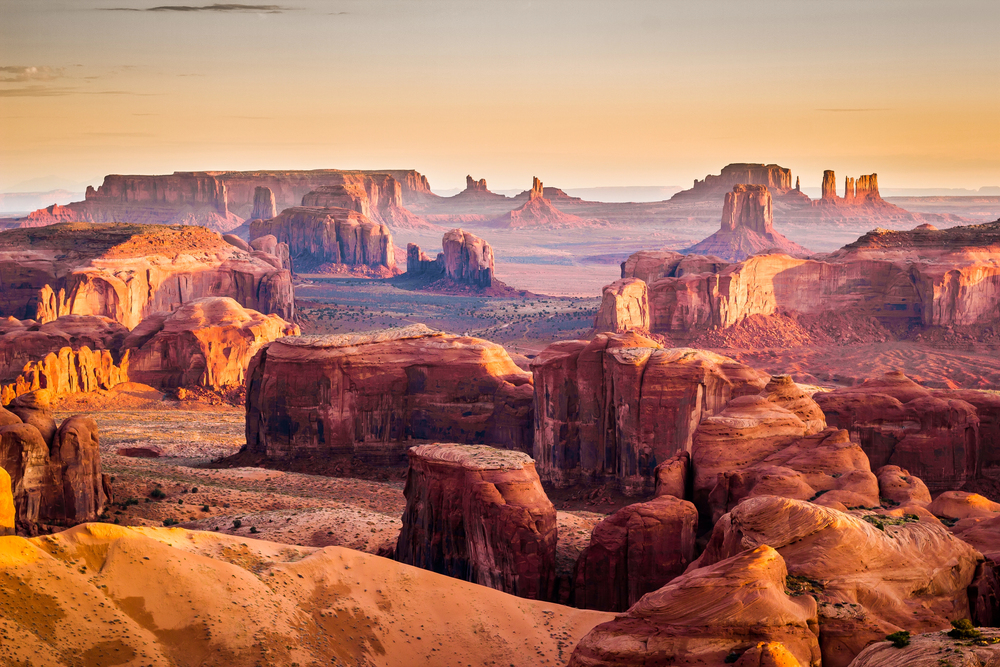
This natural wonder carved by the Colorado River is one of Earth’s most studied geological landscapes. The Grand Canyon’s colorful rock layers reveal 2 billion years of geological history. Its vast expanse and stunning vistas draw millions of visitors annually who witness its awe-inspiring beauty.
The canyon’s complex ecosystem supports diverse plant and animal communities adapted to its unique environmental conditions, making it a crucial site for biological research and conservation.
Like Travel Pug’s content? Follow us on MSN.
Independence Hall, Philadelphia
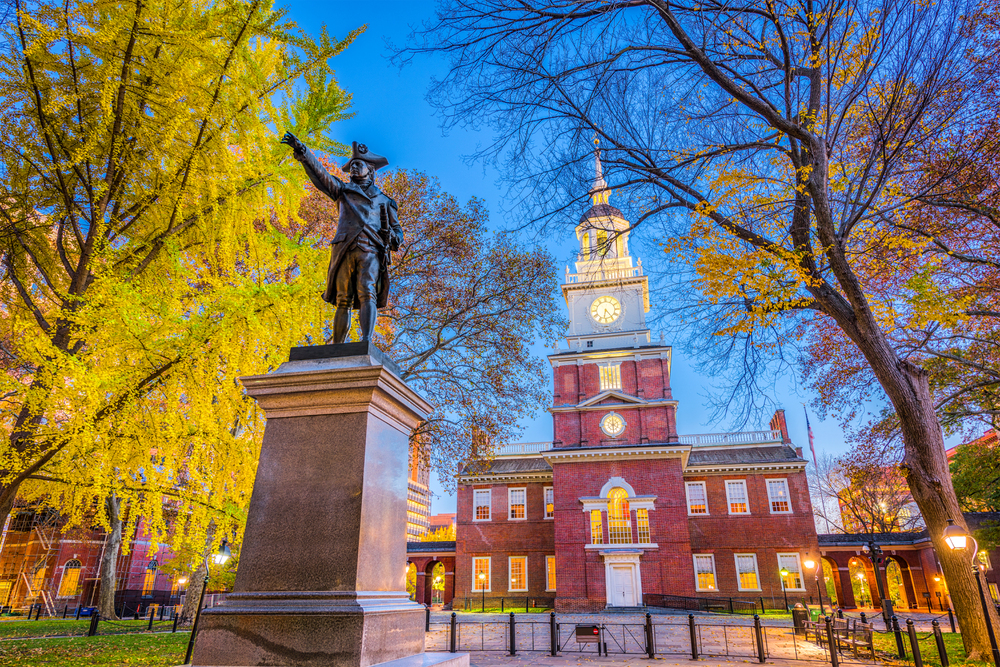
This historic building witnessed the birth of American democracy and freedom. Within these walls, both the Declaration of Independence and the U.S. Constitution were debated and signed.
The site continues to inspire visitors with its powerful connection to the nation’s founding principles. The building’s Georgian architecture exemplifies 18th-century colonial design and craftsmanship, setting standards for public buildings across the new republic.
Statue of Liberty, New York

Standing tall in New York Harbor, this iconic monument has welcomed millions to America’s shores. The Statue represents universal ideals of freedom and democracy.
Its artistic and engineering achievements make it one of the world’s most recognized symbols. The copper sculpture’s intricate construction and symbolic details inspire visitors and artists alike, embodying the enduring spirit of human liberty.
Mesa Verde National Park, Colorado
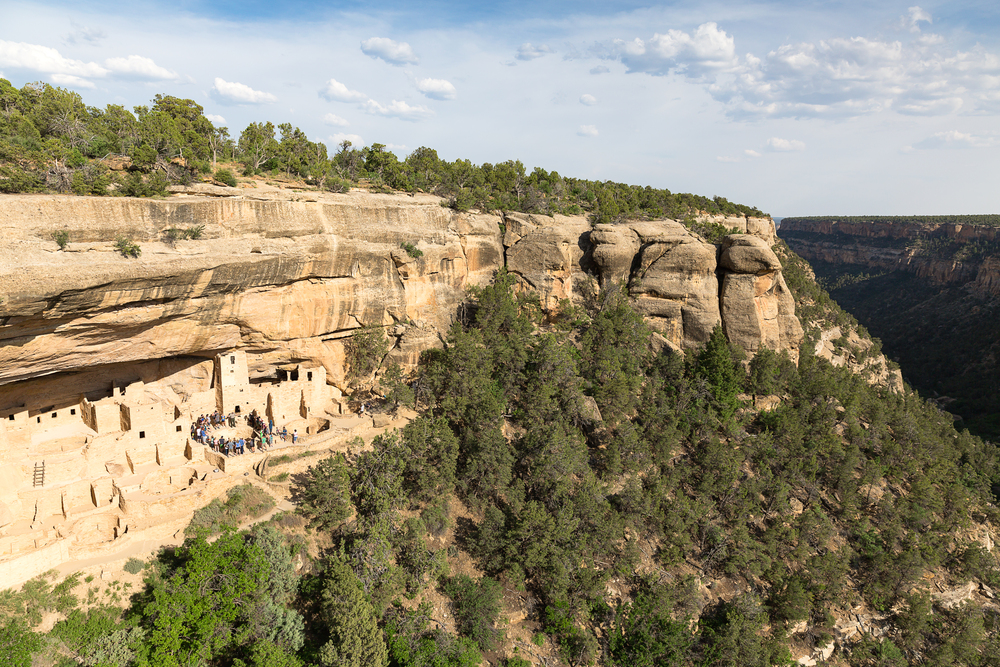
The ancient cliff dwellings of Mesa Verde offer an extraordinary window into Ancestral Puebloan culture. These remarkable architectural achievements include some of the best-preserved archaeological sites in North America.
The park protects nearly 5,000 known archaeological sites, including 600 cliff dwellings. The site’s petroglyphs and artifacts provide invaluable insights into prehistoric American life and cultural practices.
Like Travel Pug’s content? Follow us on MSN.
Redwood National Park, California
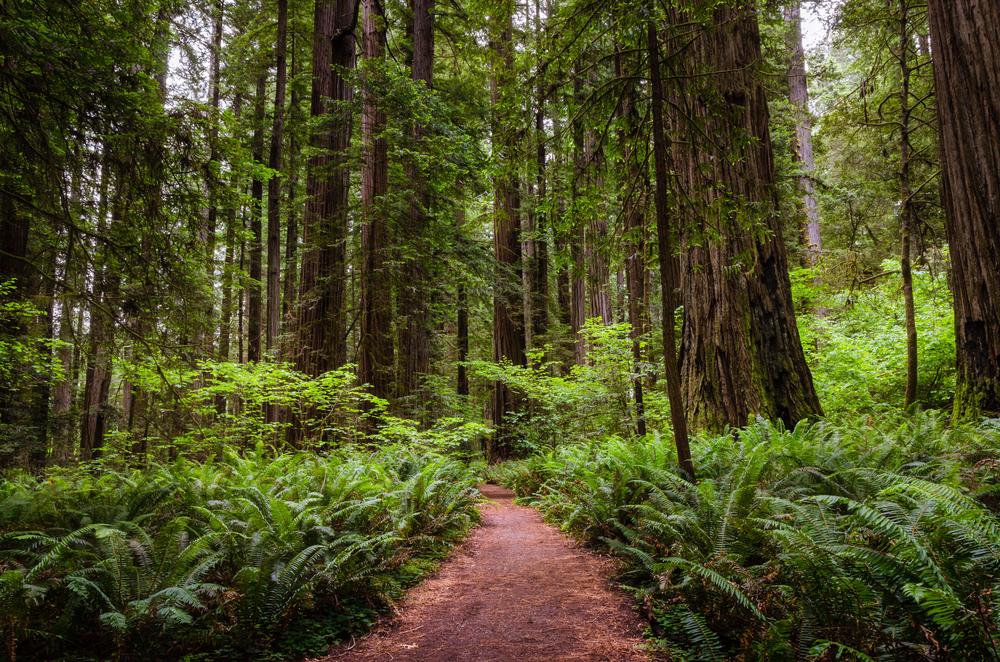
This park preserves ancient coastal redwood ecosystems, home to the tallest trees on Earth. These magnificent giants can live for over 2,000 years and reach heights exceeding 350 feet.
The park’s diverse landscape includes a pristine coastline, open prairie lands, and dense forests. The ancient trees’ complex underground root systems create unique micro-ecosystems that support countless species.
Great Smoky National Park, Tennessee/North Carolina
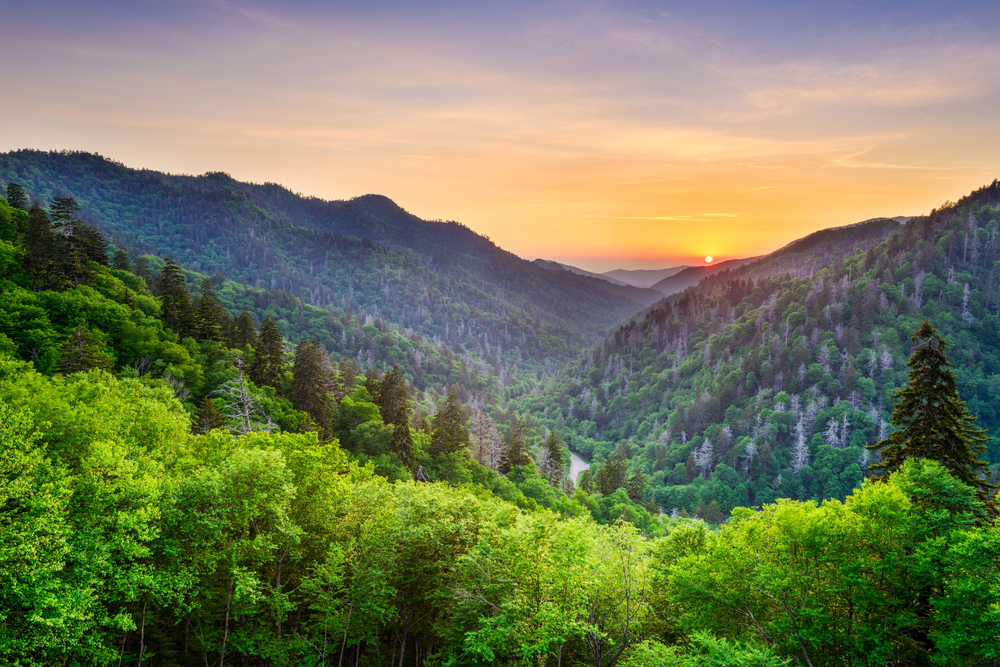
This park showcases the remarkable biodiversity of the Southern Appalachians. Its ancient mountains harbor an extraordinary variety of plant and animal species.
The park preserves the largest remaining tract of old-growth forest in the eastern United States. The region’s unique geological history has created perfect conditions for exceptional species diversity, including over 1,500 flowering plant species.
Everglades National Park, Florida
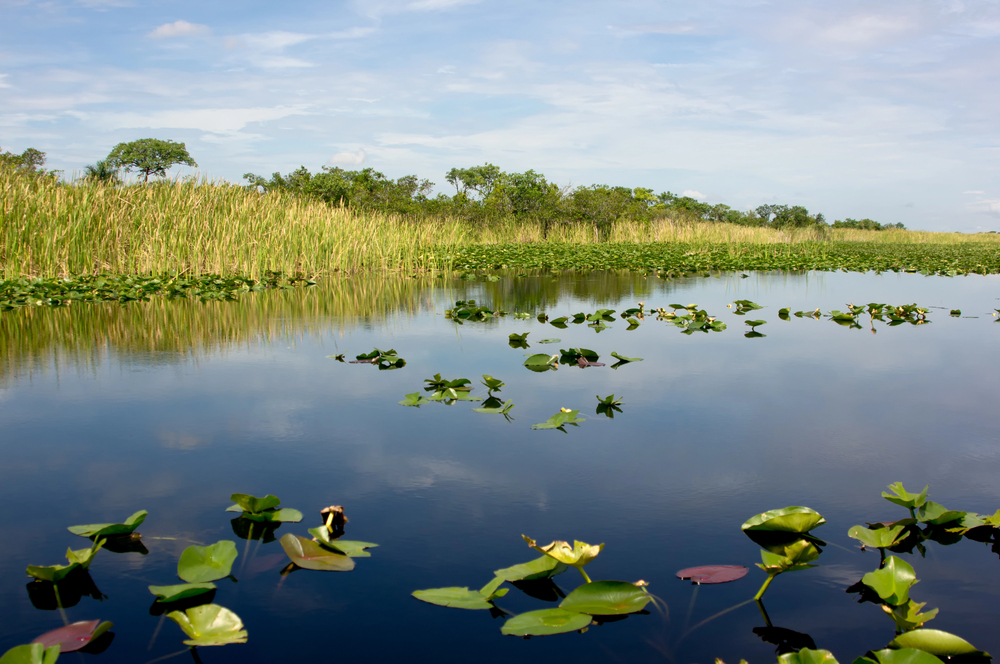
This unique ecosystem represents the largest subtropical wilderness in North America. The Everglades’ diverse habitats support an incredible array of rare and endangered species.
Its complex water systems are crucial in maintaining South Florida’s ecological balance. The park’s mangrove forests serve as crucial nurseries for marine life and natural barriers against tropical storms.
Like Travel Pug’s content? Follow us on MSN.
Chaco Culture National Historical Park, New Mexico
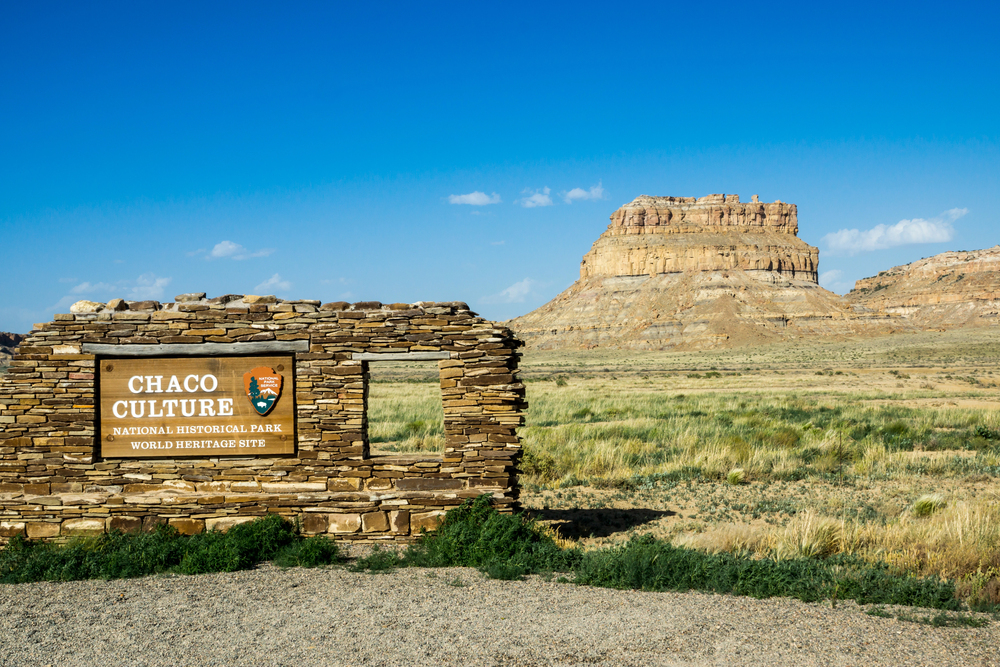
The monumental architecture of Chaco Canyon reflects remarkable prehistoric engineering achievements. These structures demonstrate the organizational and architectural abilities of the Ancestral Puebloan people.
The site’s celestial alignments reveal sophisticated astronomical knowledge. The extensive trade networks centered at Chaco Canyon demonstrate the complexity of prehistoric American societies.
Cahokia Mounds State Historic Site, Illinois
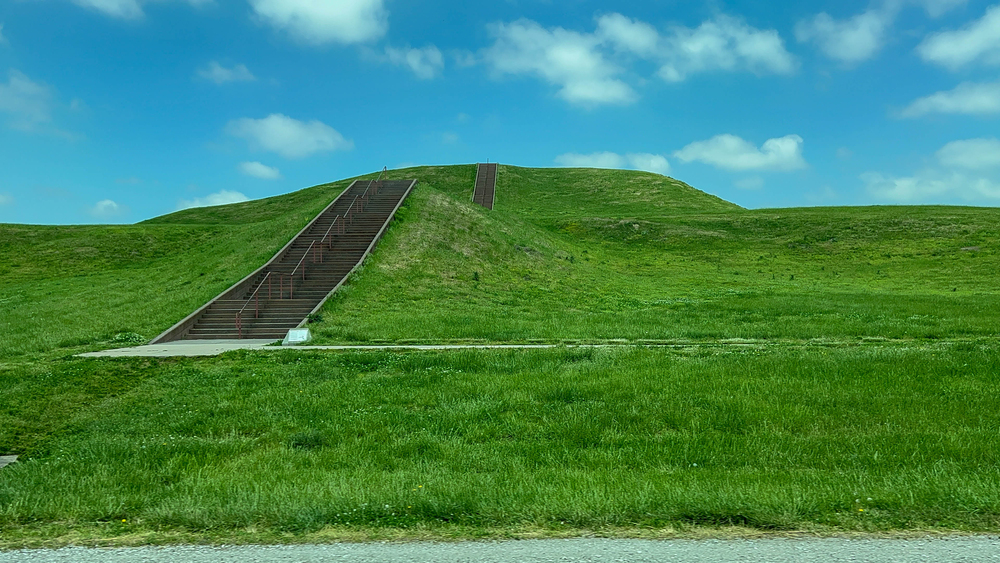
This pre-Columbian Native American city was larger than London in 1250 CE. Cahokia’s sophisticated society built massive earthen mounds and developed complex urban planning.
The site represents the largest prehistoric earthen construction in the Americas. Archaeological evidence suggests advanced knowledge of mathematics and astronomy in the layout of these ancient structures.
Olympic National Park, Washington
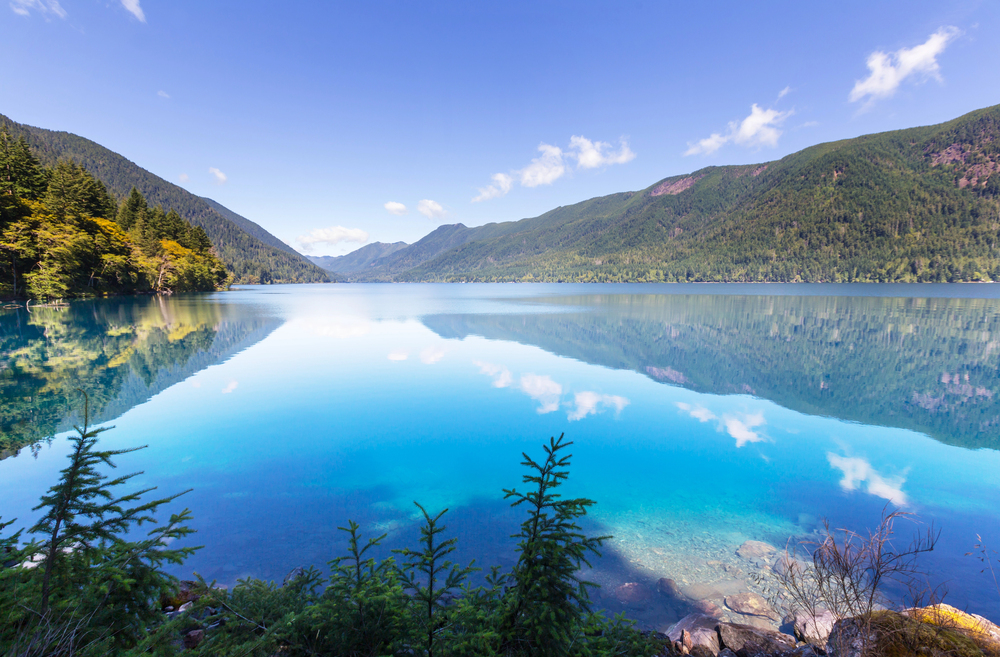
Olympic National Park encompasses three distinct ecosystems. It offers unparalleled ecological diversity, from glacier-capped peaks to old-growth temperate rainforests and the wild Pacific coast.
The park serves as a living laboratory for ecological succession and evolution. Its isolation has led to the development of unique species found nowhere else on Earth.
Like Travel Pug’s content? Follow us on MSN.
Mammoth Cave National Park, Kentucky
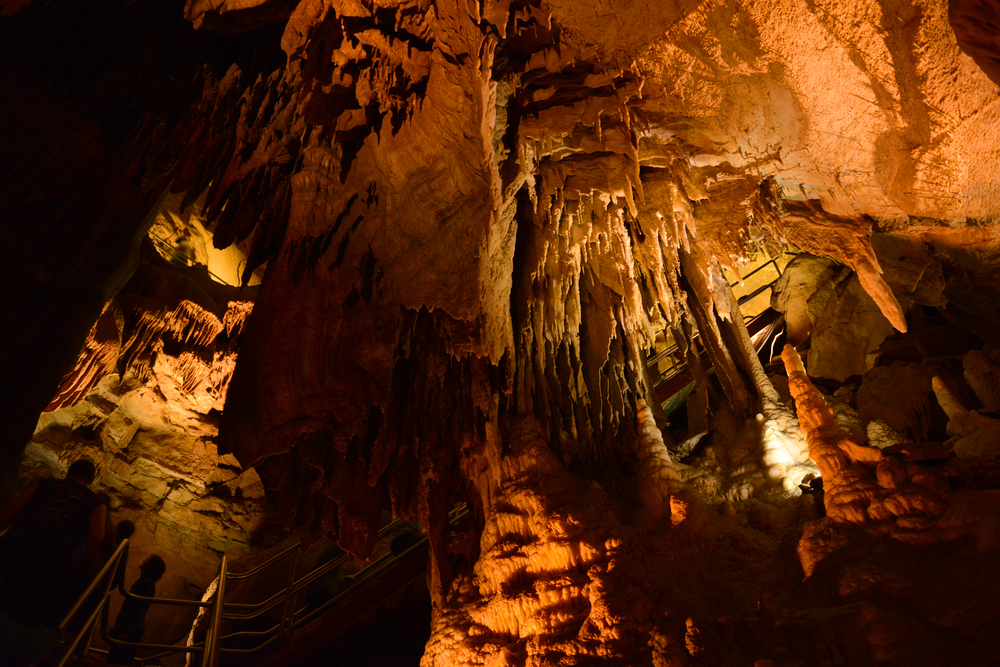
The world’s longest-known cave system extends more than 400 miles underground. Mammoth Cave’s vast chambers and complex passages reveal half a billion years of geological history.
The cave system continues to yield discoveries and scientific insights. Its unique environment supports specialized ecosystems adapted to life in perpetual darkness.
Hawaii Volcanoes National Park, Hawaii
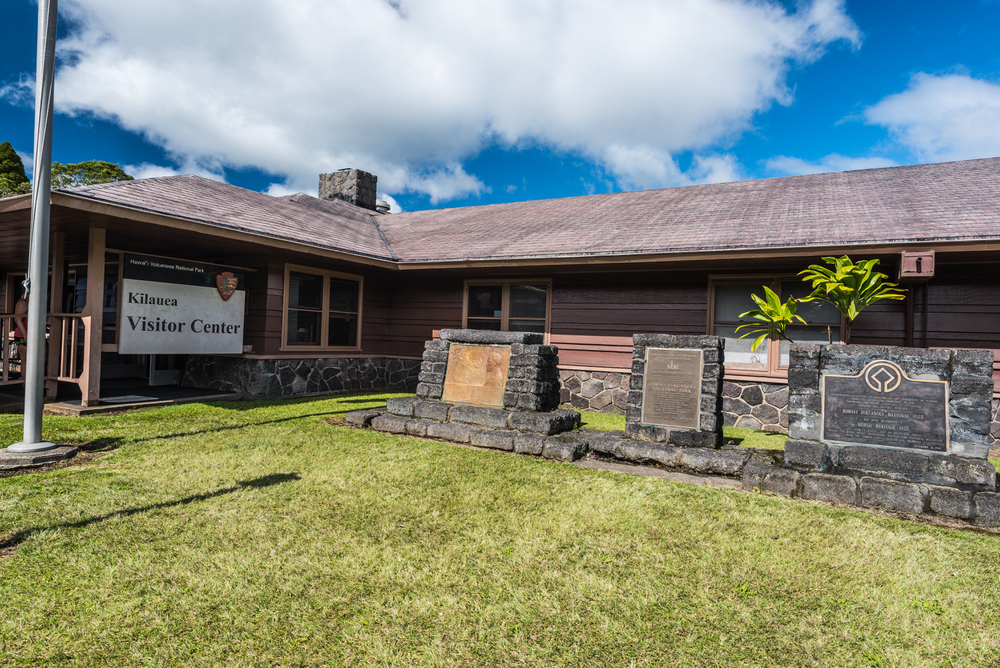
This dynamic landscape showcases the power of volcanic forces shaping our planet. The park’s active volcanoes provide a unique window into Earth’s geological processes.
Its diverse ecosystems demonstrate remarkable biological adaptation to volcanic environments. Ongoing volcanic activity creates new land, offering scientists unprecedented opportunities to study geological processes in real-time.
San Antonio Missions, Texas

These Spanish colonial missions represent a unique cultural blend in American history. The missions showcase the intersection of European and Native American cultures.
Their preservation tells the story of Spanish colonization and its lasting impact on the American Southwest. The architectural style of these missions influenced regional building traditions for centuries.
Like Travel Pug’s content? Follow us on MSN.
Carlsbad Caverns National Park, New Mexico
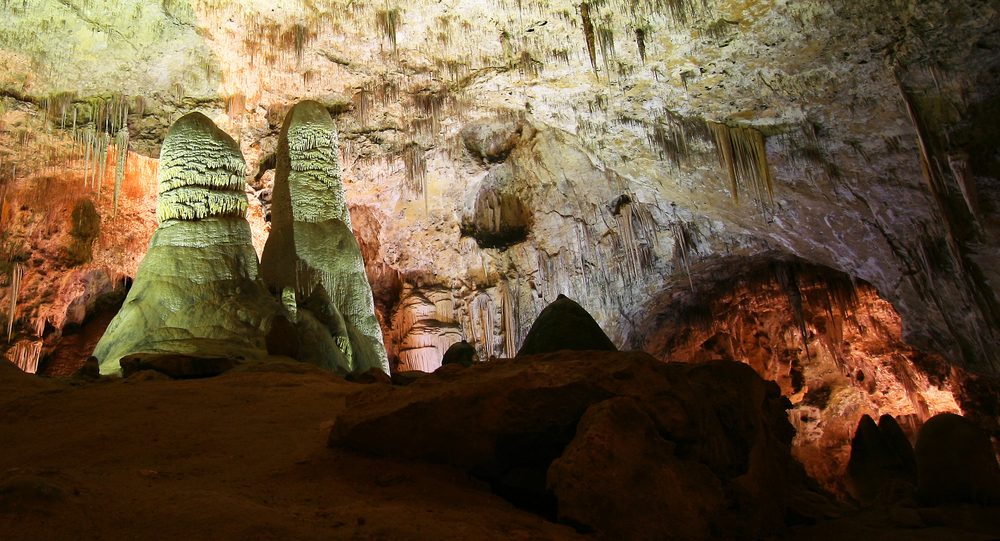
These extraordinary cave formations showcase nature’s sculptural artistry. The caverns contain more than 119 limestone caves formed by ancient inland seas.
Their remarkable speleothems continue to evolve through ongoing geological processes. The caves also host one of the world’s largest colonies of Brazilian free-tailed bats, which create spectacular evening displays.
Yosemite National Park, California
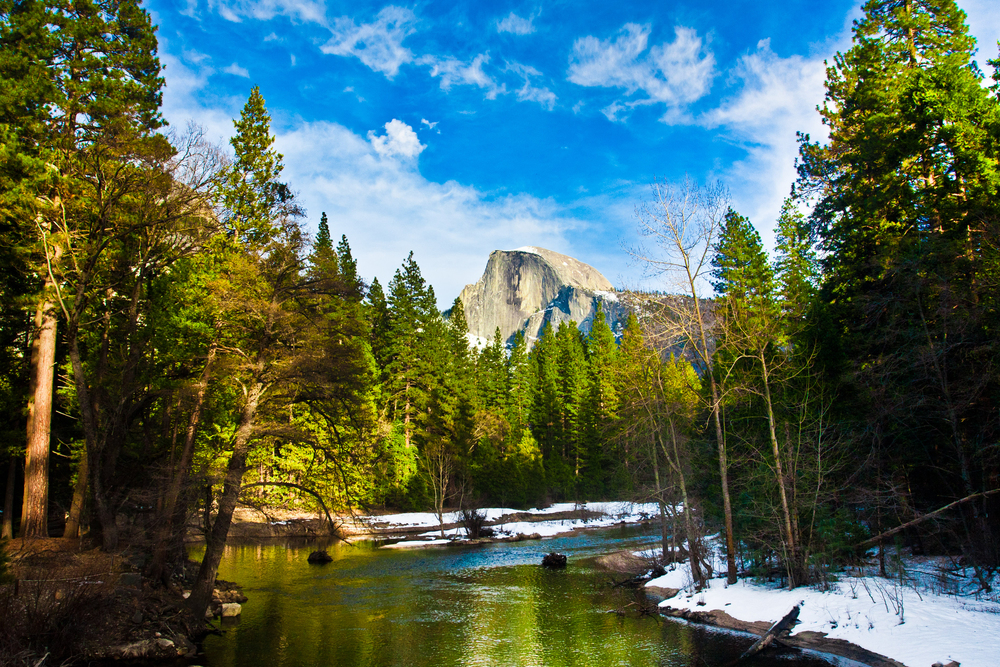
Yosemite’s granite cliffs and waterfalls epitomize the scenic beauty of the Sierra Nevada. The park’s dramatic landscapes have inspired conservation efforts worldwide. Its diverse ecosystems support a remarkable variety of plant and animal species.
The park’s role in the early conservation movement helped establish the foundation for modern environmental protection.
Poverty Point State Historic Site, Louisiana
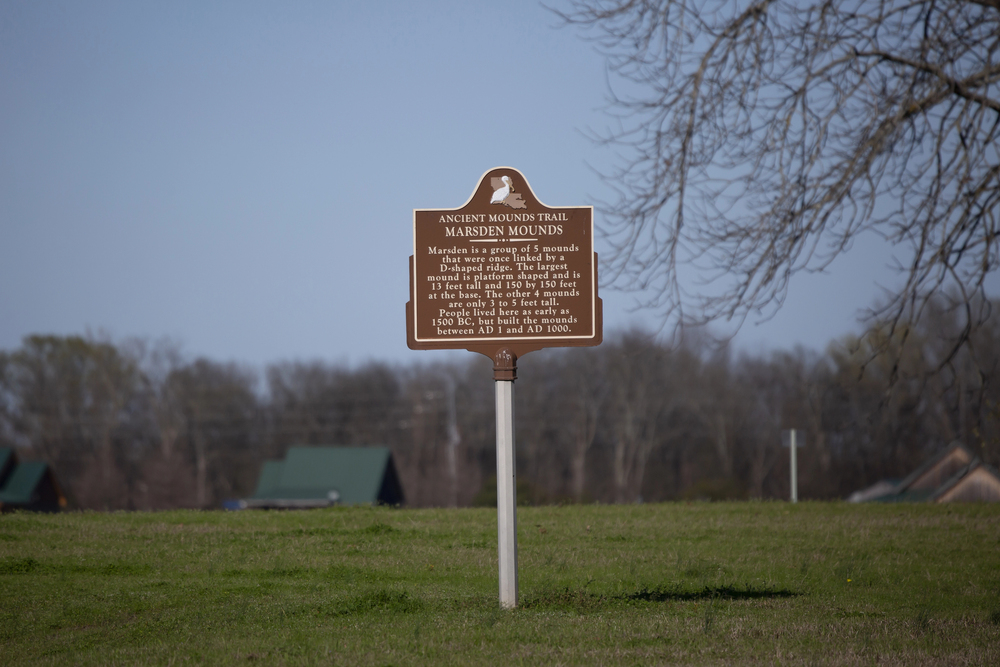
This prehistoric earthwork complex demonstrates remarkable engineering achievements. The site’s concentric ridges and mounds were built by hunter-gatherer societies 3,700 years ago.
It represents one of its age’s largest and most complex archaeological sites. Recent research suggests sophisticated knowledge of geometry and astronomy in its construction.
Like Travel Pug’s content? Follow us on MSN.
Glacier Bay National Park, Alaska
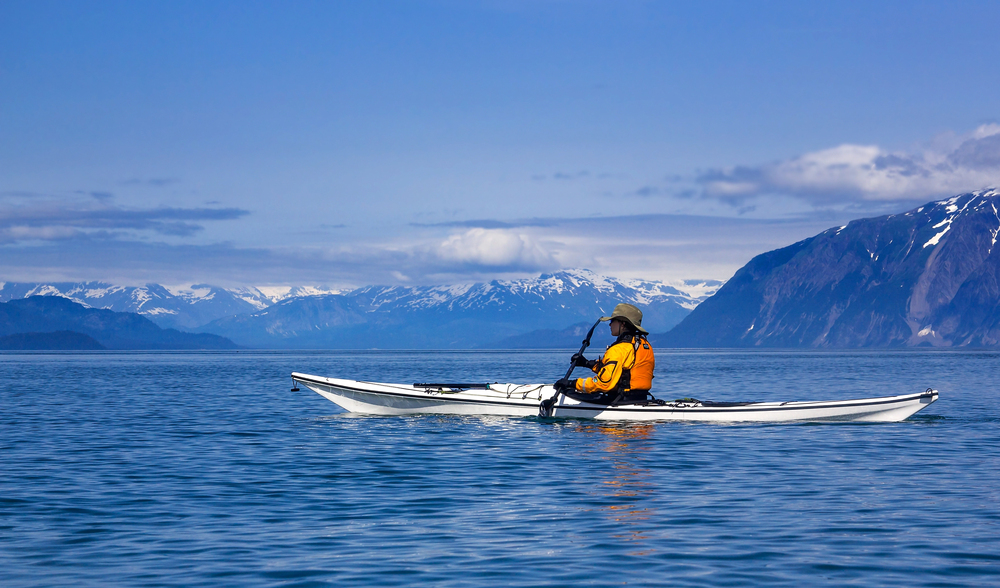
This dynamic landscape showcases the power of glacial forces shaping our planet. The park’s massive ice fields and tidewater glaciers continue to carve the landscape.
Its waters support diverse marine ecosystems and wildlife. The rapid glacial retreat provides scientists with valuable data about climate change impacts.
Great Basin National Park, Nevada
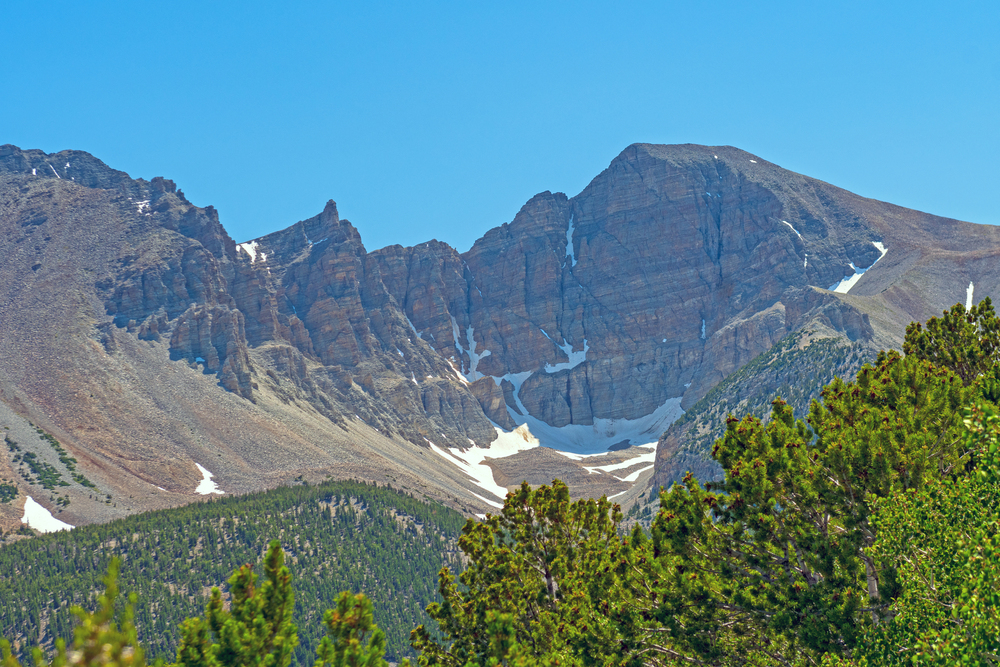
Ancient bristlecone pines and limestone caves characterize this diverse landscape. The park’s unique combination of desert valleys and alpine peaks creates distinct ecological zones.
Its night skies offer exceptional astronomical viewing opportunities. The park’s bristlecone pines include some of the oldest living organisms on Earth.
Waterton-Glacier International Peace Park, Montana
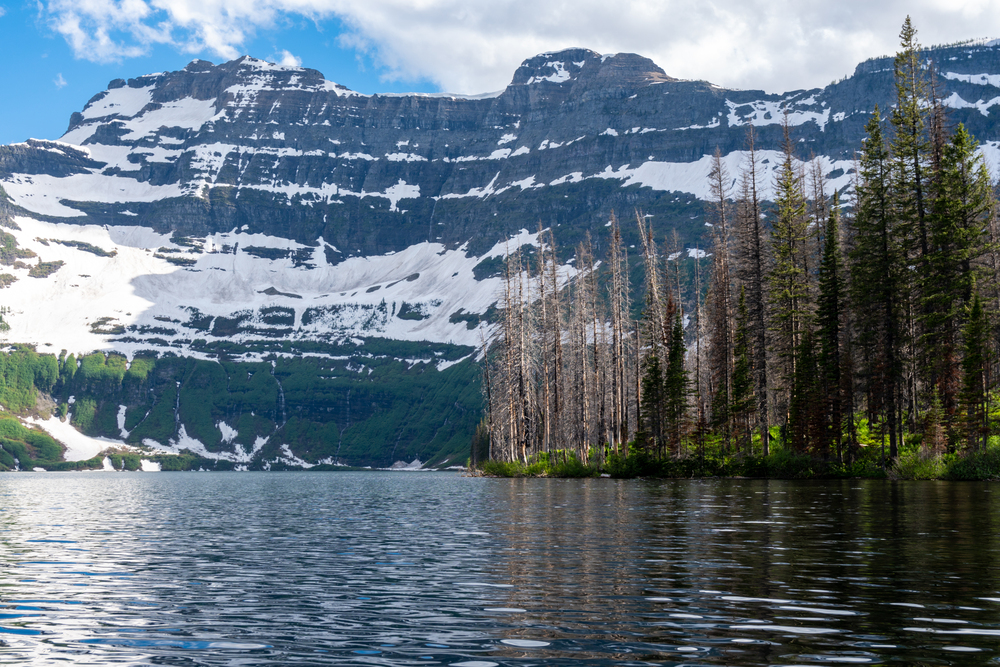
This joint U.S.-Canadian park commemorates international cooperation in conservation. From prairie to alpine peaks, it features diverse landscapes that create unique biodiversity at its confluence with multiple ecosystems.
The park exhibits how international cooperation can fortify the protection of the environment across borders.
Like Travel Pug’s content? Follow us on MSN.
Preserving America’s Natural and Cultural Legacy
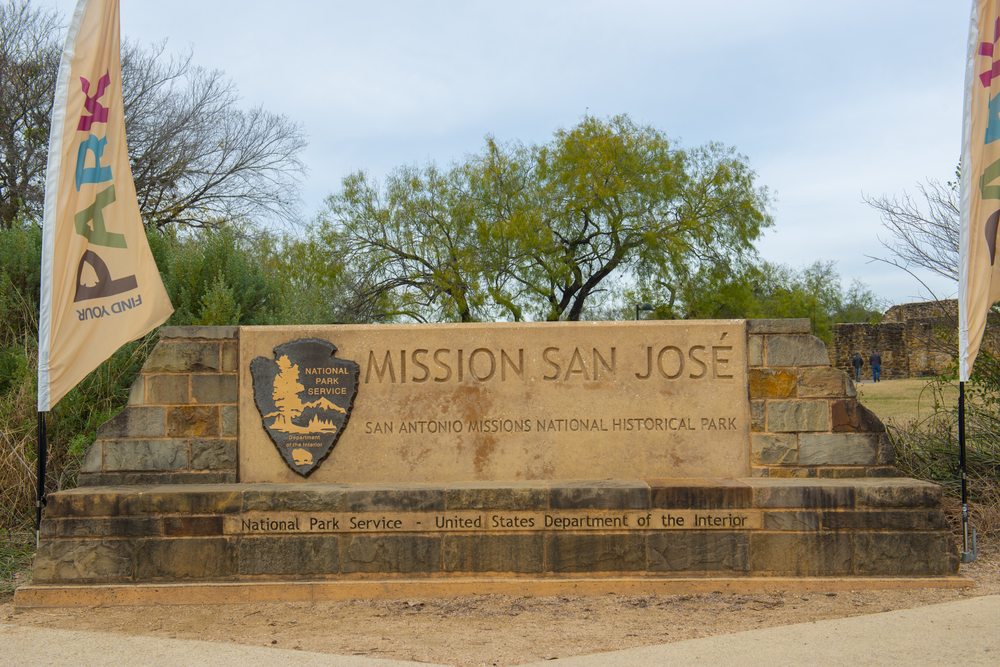
These UNESCO World Heritage Sites only represent a fraction of America’s rich natural and cultural heritage. Their preservation will allow future generations to experience these extraordinary places firsthand.
Each site provides unique opportunities to connect with our shared human story and the natural wonders that shape our world. The continued protection of these sites reflects our commitment to preserving humanity’s most precious achievements and natural treasures.
More from Travel Pug

- 15 Dangerous European Cities to Avoid
- 15 Caribbean Islands Where Tourists Keep Getting Scammed
- The 20 Most Fascinating Abandoned Places: A Journey Through Time and Forgotten Spaces
- 15 Hidden Places in the Smithsonian Museums Locals Love: A Guide to Lesser-Known Treasures
- 16 Hidden Florida Beach Towns That Aren’t Overrun with Tourists
Like Travel Pug’s content? Follow us on MSN.
